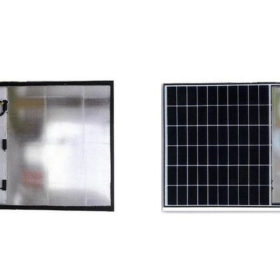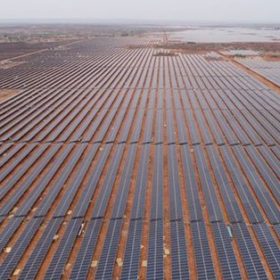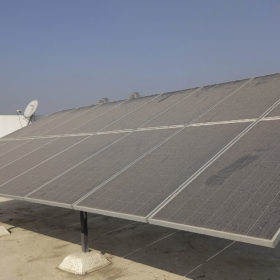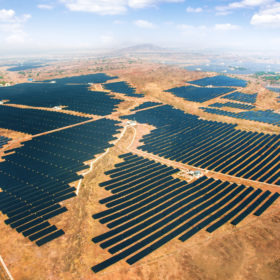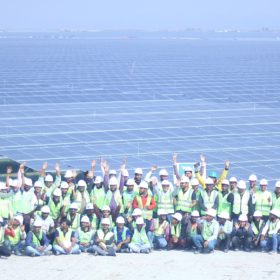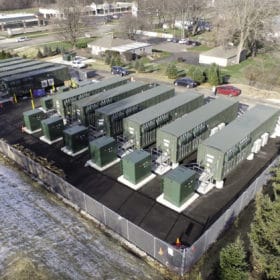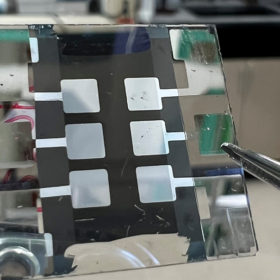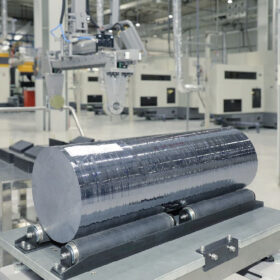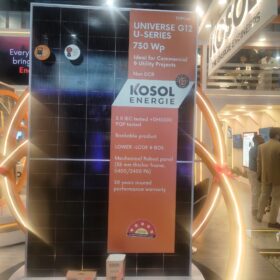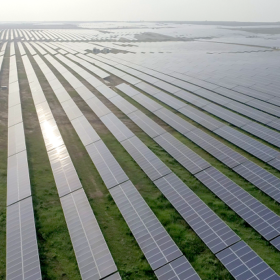Water jet tech to recover glass from end-of-life solar panels
Japan’s Shintora Kosan has developed a novel water jet technology to recover glass from end-of-life PV modules. It says it can pulverize the solar cells and the backsheets without damaging the glass.
REC commits INR 45,350 crore to 10 GW of renewables in Uttar Pradesh
The non-banking finance company, under the power ministry, has signed agreements to provide financial assistance of over INR 1 lakh crore ($12.3 billion) for various power and infrastructure projects in Uttar Pradesh. This includes INR 45,350 crore for 10 GW of renewable energy capacity addition.
Soiling – a multibillion-dollar issue
A new report by the International Energy Agency’s Photovoltaic Power Systems Programme (IEA-PVPS) estimates that lost revenue from PV module soiling amounts to more than €3 billion ($3.2 billion) per year – an amount that is only set to increase as PV systems grow larger and more efficient.
GameChange releases new solar tracker
US tracker manufacturer GameChange Solar’s latest product launch follows its recently announced decision to increase its annual domestic manufacturing capacity to 24 GW.
Rajasthan tenders 1 GW of solar projects
Rajasthan Urja Vikas Nigam Ltd is accepting bids to develop 1 GW of solar PV projects in Rajasthan, connected to the state transmission utility grid. Minimum bid capacity is 50 MW.
Rays Power Infra switches on 275 MW DC solar plant in Bangladesh
Rajasthan-based Rays Power Infra has switched on Bangladesh’s largest solar power plant of 275 MW DC. It completed the project within the scheduled timeline of 14 months.
JSW Energy secures Letter of Award for 500 MW/1 GWh battery storage projects
The private-sector power producer has been awarded 500 MW/1 GWh of standalone, grid-connected battery energy storage projects by the Solar Energy Corp. of India Ltd. It will set up the projects on a build-own-operate-transfer basis.
All-perovskite tandem solar cell with 27.1% efficiency via gas quenching
The US National Renewable Energy Laboratory (NREL) has achieved remarkable efficiency and stability for a wide-bandgap all-perovskite tandem solar cell. The scientist developed the device with an inverted architecture and used gas quenching instead of an antisolvent in the manufacturing process.
Adani Green Energy buys 50% stake in Rajasthan-based solar park developer
The developer’s arm Adani Renewable Energy Holding Two has signed a deal to acquire a 50% stake in Essel Saurya Urja Co. of Rajasthan Ltd (ESUCRL) from Essel Infraprojects Ltd, for INR 15 crore. The remaining 50% equity of ESUCRL will continue to be held by the Government of Rajasthan.
Hydrogen as a sustainable alternative fuel for transport
At Hydrogen India Summit 2023, Black & Veatch pinpointed business models that will hasten India’s shift to cleaner fuels like green hydrogen.
